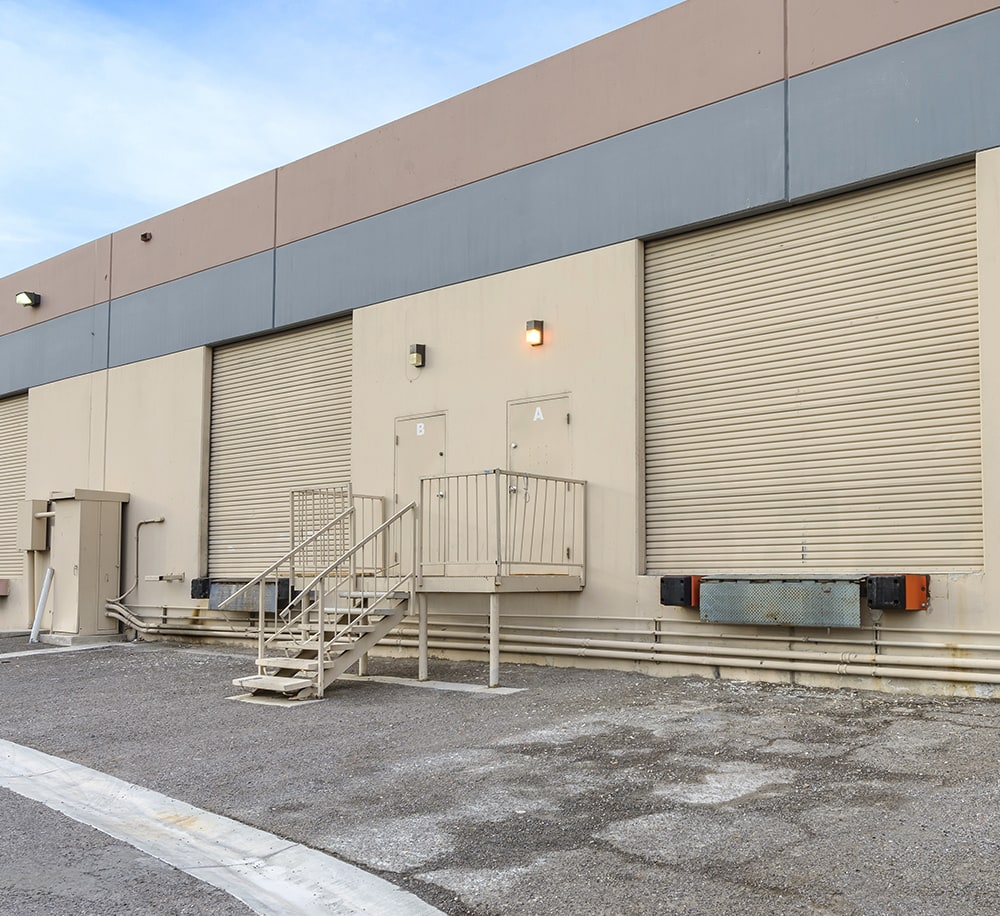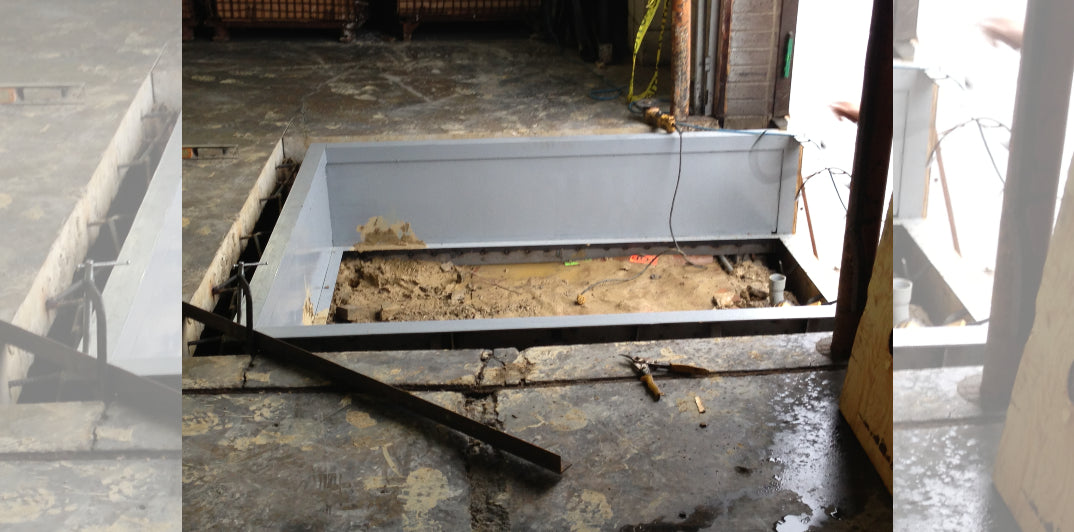How to Choose the Right Service for Your Dock Repairs
Wiki Article
Effective Dock Repair Techniques: Ensuring Structural Integrity
Making certain the structural honesty of docks with efficient repair strategies is vital for the long life and safety and security of marine facilities. Ultimately, choosing the right repair products, such as corrosion-resistant alloys and composite products, is important for resilience.Examining Dock Damages
Assessing dock damages is a vital initial step in guaranteeing the architectural honesty and security of any kind of docking facility. Secret elements to check out include the dock's foundation, pilings, decking, and equipment (Dock Repairs).Architectural engineers or qualified examiners normally execute these analyses making use of specialized tools and techniques. For example, undersea evaluations may use finder equipment or remotely ran lorries (ROVs) to identify immersed damage. Over water, visual inspections are enhanced by utilizing moisture meters and various other analysis tools to reveal underlying problems not instantly noticeable to the naked eye.

Deciding On Fixing Materials
Choosing the suitable repair work materials is a crucial action in the dock remediation process, one that straight influences the long life and performance of the repaired framework. Material option have to be driven by factors such as ecological conditions, load-bearing needs, and compatibility with existing dock elements.In addition to timber, composite materials are significantly prominent due to their longevity and low upkeep demands. Compounds, normally made from a blend of plastic and timber fibers, offer superb resistance to rot, insects, and UV damages. For metal anchors, choosing corrosion-resistant alloys such as galvanized steel or marine-grade light weight aluminum is important to protect against rust and make sure structural stability in saline water problems.
Epoxy resins and marine-grade sealers are indispensable for repairing splits and securing joints, providing a water resistant obstacle and boosting the dock's overall stamina. By thoroughly picking top quality products, dock fixings can attain long-lasting results, consequently guarding versus future degradation and guaranteeing risk-free, trustworthy usage.
Architectural Support Strategies
Reliable structural reinforcement methods are crucial in making certain the stability and durability of dock fixings. This technique is especially effective for anchors subjected to heavy loads or harsh ecological problems.One more vital technique is the application of fiber-reinforced polymers (FRP) These products use high strength-to-weight ratios and outstanding resistance to deterioration, making them excellent for strengthening concrete or wood anchors. FRP can be applied in sheets or strips and bound with epoxy resins to boost architectural integrity.
Supporting and anchoring systems additionally play a critical function in structural support. Cross-bracing, using steel or wooden light beams, can combat lateral pressures, reducing guiding and motion. Securing systems, such as helical piers or driven stacks, provide a steady foundation by moving loads to much deeper, more steady soil layers.
Finally, the integration of load-distribution plates can assist disperse weight much more evenly across the dock's surface area, reducing local tension factors. These strategies jointly ensure that docks continue to be robust and risk-free, with the ability of withstanding the rigors of their operational atmosphere.
Advanced Fixing Methods

An additional innovative strategy entails undersea welding, which enables repair services to be performed without the demand to dewater the location. This technique is especially beneficial for attending to structural issues in submerged dock components, making certain marginal disturbance to procedures. Improved welding techniques, coupled with robot systems, supply accuracy and dependability, thus extending the lifespan of the dock.
In addition, cathodic defense systems are carried out to stop rust in metallic dock frameworks. By making use of sacrificial anodes or pleased present systems, these methods successfully reduce the electrochemical processes that lead to product damage.
Last but not least, advanced monitoring technologies, such as architectural wellness tracking (SHM) systems, supply real-time data on the problem of dock frameworks. These systems make it possible for positive upkeep and timely interventions, ultimately guaranteeing the long-term architectural integrity of the dock.
Upkeep and Avoidance
Maintenance and avoidance are basic principles that underpin the longevity and safety and security of dock structures. Normal examinations are extremely important, enabling early discovery of damage, prospective weaknesses, and ecological influences. An aggressive approach, including routine checks for rust, rot, and architectural changes, mitigates pricey repairs and prolongs the dock's operational life.Precautionary actions ought to consist of applying protective coverings to steel components to defend against rust and utilizing treated timber to stand up to decay. Furthermore, ensuring appropriate water drainage and ventilation can stop water buildup, which is a common root cause of architectural deterioration. Including quality products and adhering to supplier guidelines throughout building and fixing stages additionally play critical functions in enhancing resilience.

Educating personnel in dock upkeep best practices ensures constant application of safety nets. Leveraging technological developments, such as drones for examinations and sensors for real-time tracking, can even more enhance upkeep efforts. By prioritizing upkeep and prevention, dock owners click here now can make certain architectural stability, operational safety, and cost-effective monitoring over the dock's life expectancy.
Conclusion
In verdict, maintaining the architectural honesty of marine facilities demands comprehensive dock repair work methods. Advanced fixing techniques, combined with normal upkeep practices, guarantee the dock continues to be secure and operational under varied ecological conditions.Guaranteeing the structural stability of anchors via effective repair work methods is vital for the long life and safety and security of aquatic facilities.Choosing the suitable repair service products is a crucial action in the dock reconstruction process, one that directly influences the longevity and performance of the repaired structure.Effective structural support techniques are important in making certain the stability and longevity of dock repair work. why not try these out By prioritizing maintenance and prevention, dock owners can make sure structural honesty, operational safety, and economical monitoring over the dock's lifespan.
In Bonuses verdict, preserving the structural stability of marine centers necessitates comprehensive dock repair strategies.
Report this wiki page